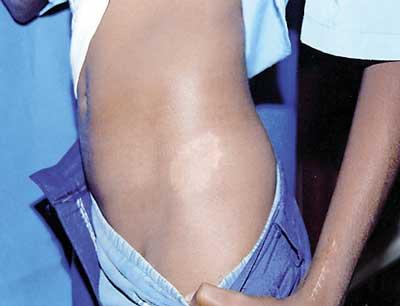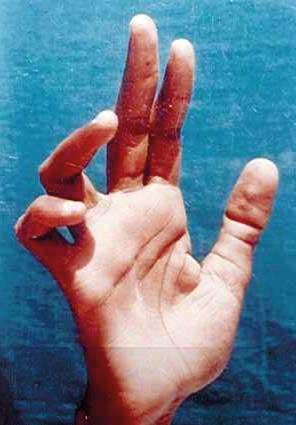Reply To:
Name - Reply Comment
 On the last Sunday of January, the World Leprosy Day (WLD) is celebrated to commemorate people who have experienced leprosy, to erase the stigma surrounding the disease and to raise awareness of the disease. In 2022, World Leprosy Day is observed on January 30 under the theme. “United for Dignity”. According to the WHO, the campaign calls for unity in honoring the dignity of people who have experienced leprosy.
On the last Sunday of January, the World Leprosy Day (WLD) is celebrated to commemorate people who have experienced leprosy, to erase the stigma surrounding the disease and to raise awareness of the disease. In 2022, World Leprosy Day is observed on January 30 under the theme. “United for Dignity”. According to the WHO, the campaign calls for unity in honoring the dignity of people who have experienced leprosy.
According to Consultant Community Physician of the Anti-Leprosy Campaign of the Ministry of Health, Dr. Kapila Piyasena, Leprosy (Hansen’s disease) is an infectious disease caused by the bacterium Mycobacterium leprae.  This bacteria spread from one person to another when one coughs or sneezes i.e. through aerosol spread of nasal secretions. However, the disease is not as infectious as COVID-19. One would need to a continuous long term exposure to the bacteria to be infected and therefore the presence of a history of leprosy in your family or close contacts would increase the risk of getting the disease. Once you are infected there is a long incubation period where symptoms may appear, varying between two to 20 years.
This bacteria spread from one person to another when one coughs or sneezes i.e. through aerosol spread of nasal secretions. However, the disease is not as infectious as COVID-19. One would need to a continuous long term exposure to the bacteria to be infected and therefore the presence of a history of leprosy in your family or close contacts would increase the risk of getting the disease. Once you are infected there is a long incubation period where symptoms may appear, varying between two to 20 years.
The earliest symptoms of leprosy are skin lesions that are lighter than your normal skin colour. The disease can progress and the bacteria can erode in to your hair follicles and therefore we can observe a loss of hair in the affected area. “The bacteria attacks peripheral nerves and autonomic nerves in that area resulting in reduced sensation to touch, heat, or pain in the affected area and no sweating can be observed in that area as well,” Dr. Piyasena said.

These symptoms are followed by the numbness and tingling sensation of the hands and legs. Eventually, if not treated, nerves gradually deteriorate and you won’t feel any sensation at all. Owing to the lack of sensation, patients tend to get burnt and injured easily resulting in wounds and sores. You may fail to notice these wounds as the sensation is lost. Due to the lack of flesh in the wounds, infection may spread to the bones which is known as osteomyelitis. In most cases of osteomyelitis, a patient could lose digit by digit of their fingers and toes.
The bacteria can also damage the eyes. The facial nerve that controls closing and opening of the eye may be affected resulting in the inability to close the eyes. This leads to drying up of eyes, eventually leading to blindness. The infection may cause an erosion of cartilage of nose and ears, causing more facial disfigurement. This is a clear picture of a leprosy patient before 1950s when no treatment was available.
Now though once people identify the symptoms in the early stages and get diagnosed and treated, they would be safe from further complications of the disease. Once diagnosed, the Multiple Drug Therapy (MDT) treatment allows patients to be cured completely.

“Until up to 2019, we had about 2, 000 Leprosy cases per year. But now, due to the pandemic, as hospitals are being closed, doctors are reluctant to go closer to patients and people are being restricted from coming to health institutions, the number of patients visiting health care centres is low. Therefore, we had a less number of diagnosed cases in 2020 and 2021. In 2020 we had only about 1, 250 cases,” Dr. Piyasena commented. “This does not mean there are less patients in the community. This is a problem we are facing now because of the delay in diagnosis.”
If we diagnose early, the affects of the disease can be limited to skin lesions. It would be a dermatological problem that could be cured completely. “But if the diagnosis is delayed, the patients may now present with neurological deformities,” he explained. “If you have skin lesions, always suspect leprosy. Get diagnosed early as possible before irreversible nerve damage occurs,” he advised.